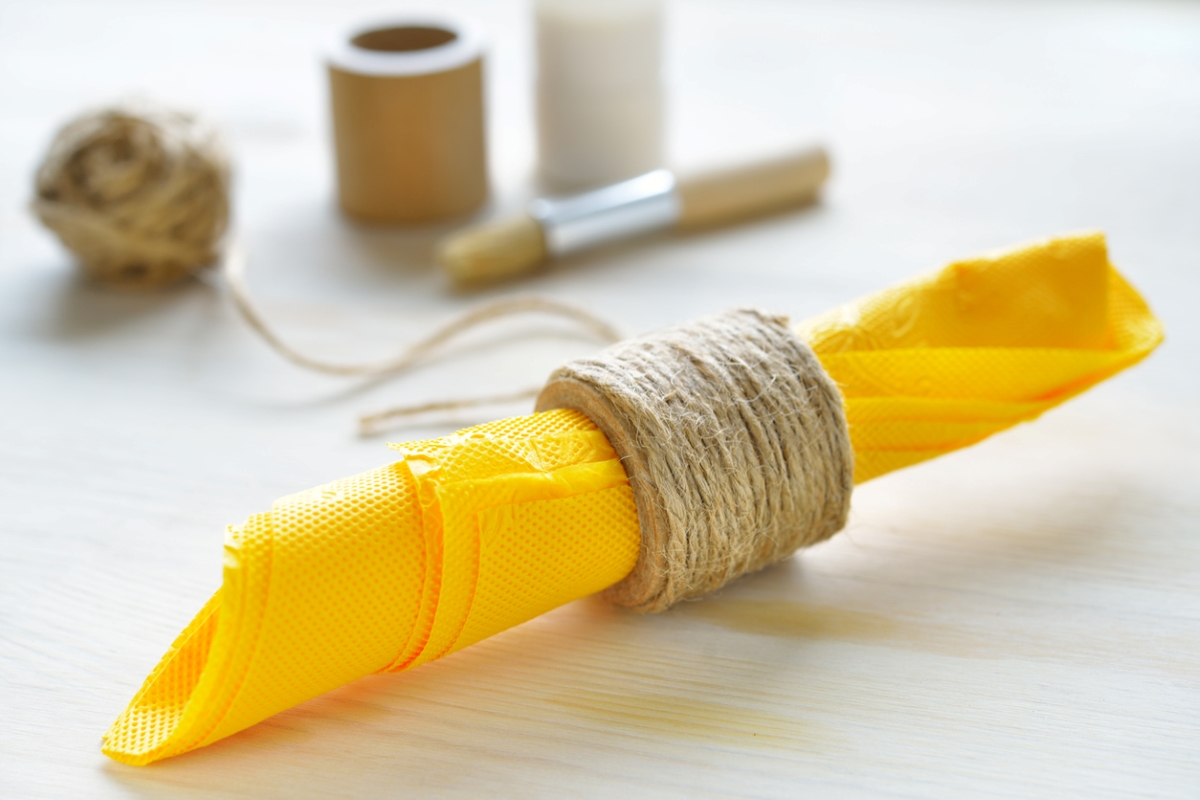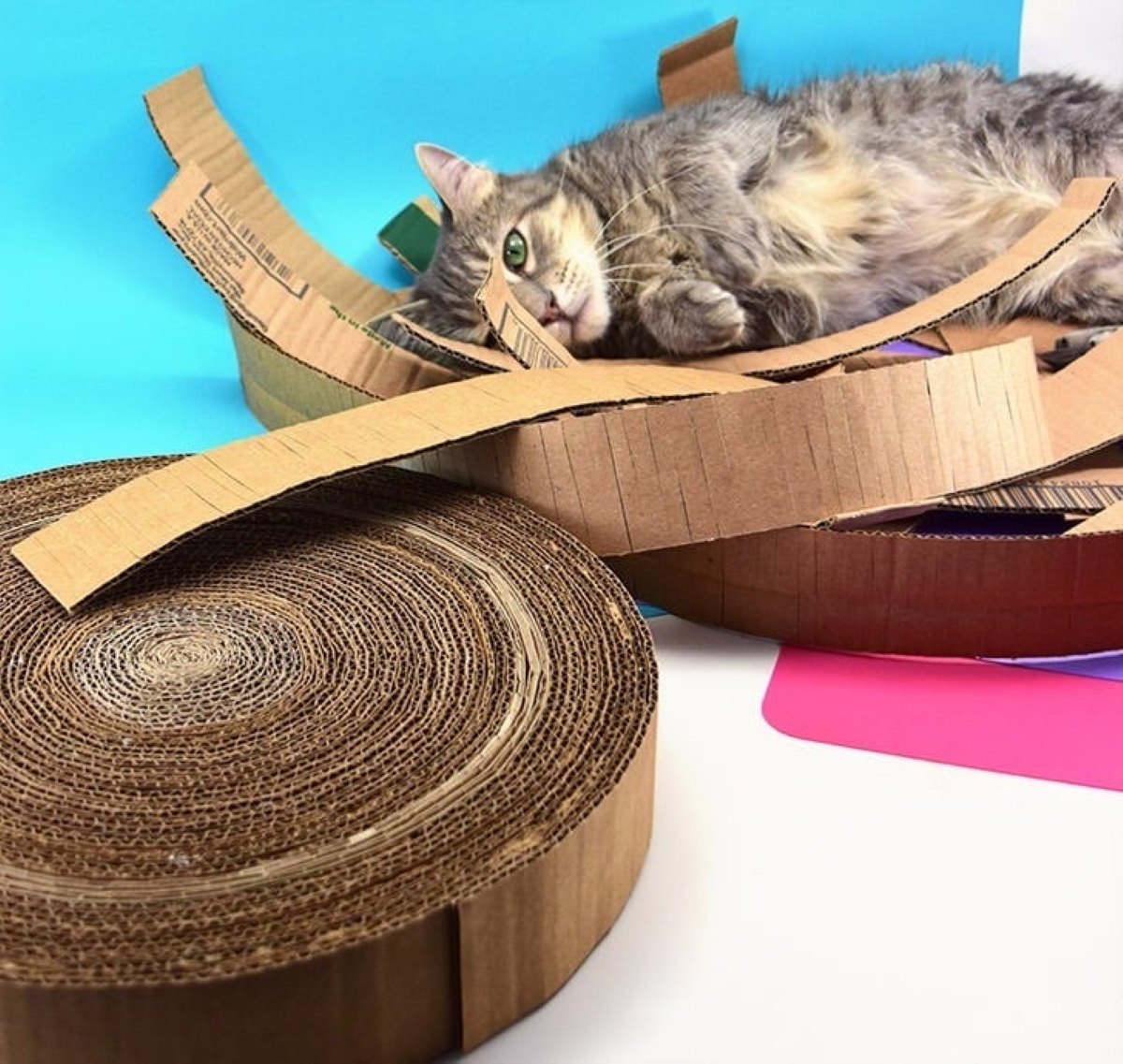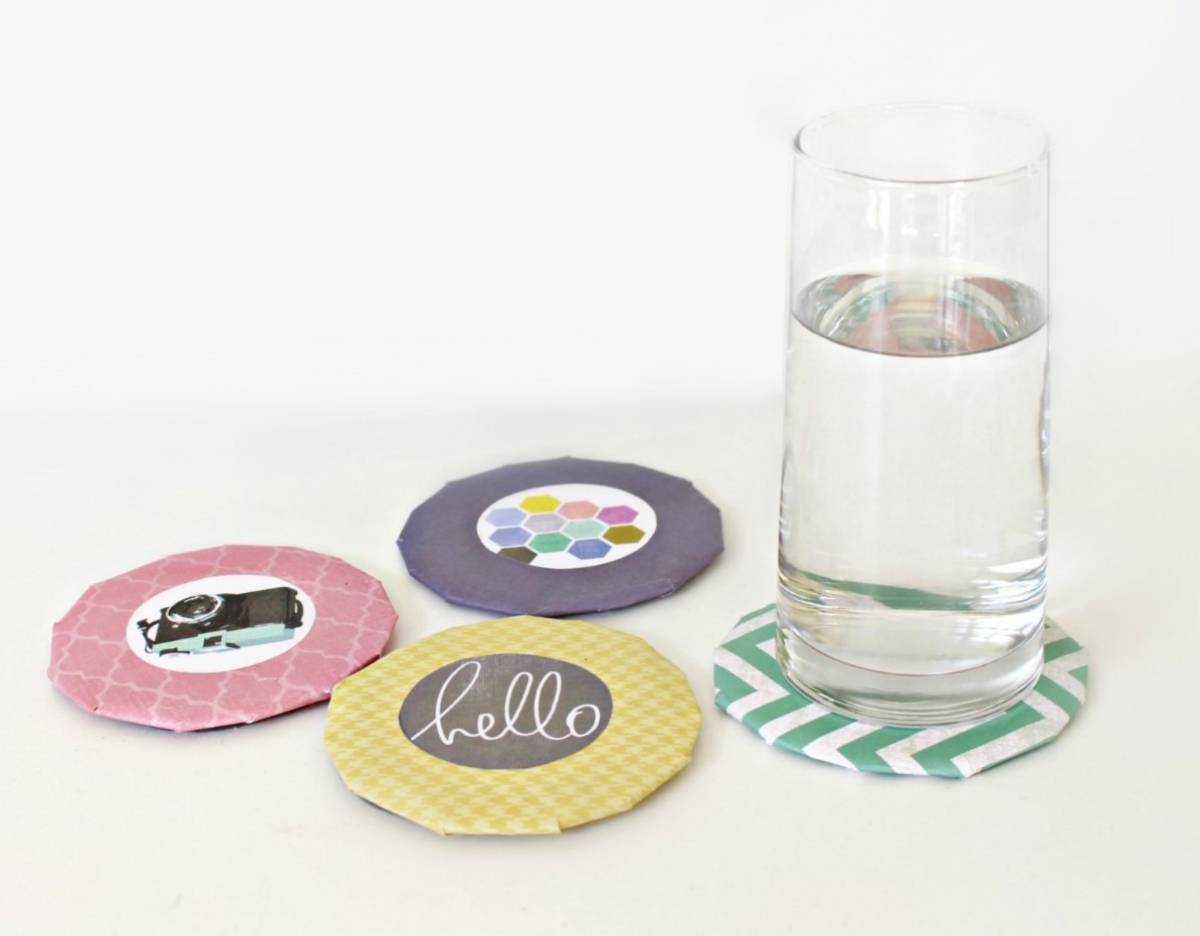

We may earn revenue from the products available on this page and participate in affiliate programs. Learn More ›
In a world ruled by online shopping, cardboard boxes have become an integral part of our daily lives. In fact, General Materials Recovery says that 90 percent of all products shipped in the United States are still sent using some type of cardboard packaging. It’s estimated that a massive 425 billion square feet of corrugated packaging would be used in U.S. shipping by the end of 2023.
So, what can we do with all of the cardboard after removing purchases from their packaging? While recycling is commendable, reusing and repurposing are even better. After all, cardboard can be bent, cut, painted, wrapped, and configured in almost any way imaginable. Upcycled cardboard doesn’t have to be relegated to the realms of kids’ play forts or drab organizational systems, either. Here are some creative ideas for turning excess cardboard into functional items you will want to show off.
1. Create postcards.

A handwritten thank-you card will never go unappreciated. So what could be better than using the original gift box to craft a message of gratitude? Cardboard “postcards” can be sent as is; no envelope needed. You can even add a few special touches, like fabric scraps, as this DIYer did.
2. Reuse for napkin rings.

Whip up a set of these delightful napkin rings with a cardboard tube from a roll of plastic wrap or foil. About ¼ yard of your favorite fabric will be more than enough for eight rings; use fabric glue or double-sided tape to secure the cloth to the inside of each cardboard coil.
RELATED: The Best Glues for Cardboard
3. Fashion a planter.

“Believe it or not, cardboard can serve as an excellent planter,” Zahid Adnan, gardener and founder of The Plant Bible, says. Its porous nature allows for proper aeration and drainage, creating an ideal environment for plant growth,” he adds. Dress up a simple cardboard box with a bit of paint, then line it with a plastic bag poked with a few drainage holes. You are now ready to move a plant into a pretty new home. Zahid adds that “while not all plants thrive in cardboard planters, certain varieties, such as herbs and shallow-rooted vegetables, benefit from the moisture retention and insulation that cardboard provides.”
4. Add style to storage.

Making this batch of storage boxes is simpler than you might think. Wrapping paper or paint, a bit of Mod Podge to keep the wrapping paper in place, and awesome plated card holders find new purpose as storage bins. Visit How Joyful for the tutorial.
5. Cut it up for a cat scratcher.

Save your furniture—and delight your favorite feline—with a scratching pad made from corrugated cardboard boxes, courtesy of Dream a Little Bigger. For a stylish touch, paint or decorate the outer rim.
6. Create coasters.

Cardboard, decorative tissue paper, and a bit of tape are all you need to make these drink coasters on the fly. Bonus use: Protect your floor from scratches—these coasters also make great furniture sliders!
7. Cut up some gift tags.

Whether you use them as gift tags or as a means of labeling various boxes, bags, or containers around the house, cardboard cutouts are easy, free ways to mark your stuff. For an extra-special touch, decorate them with markers or paint pens, like this DIYer did.
8. Suppress weeds in the garden.

Cardboard is a sturdy yet compostable material, which makes it a natural solution for controlling weeds. “By laying cardboard sheets on bare soil, you create a barrier that prevents sunlight from reaching weed seeds, stifling their growth,” Adnan says. “To enhance its weed-suppressing capabilities, it’s crucial to wet the cardboard thoroughly before applying mulch or soil on top.” Place flat pieces of cardboard on your weed-prone area, and water thoroughly to help them stay put. When you’re done, top them with soil or mulch.
RELATED: 20 Totally Free Ways to Start a Garden This Year
9. Make an easy paint palette.

Any craft project involving paints will be easier with this cardboard paint palette, complete with a handy thumb hole to keep a grip on your hues.
10. Contain magazines.

Is there a cereal box taking up space in your recycling bin? Make a stylish magazine or paper file worth displaying by cutting a cereal or shipping box to the proper size and covering it with decorative paper or fabric.
11. Fashion fabric picture mats.

Why use a plain-Jane picture mat from the craft store, when you can customize one with fabric? Thin cardboard, like that from a cereal box, notepad backing, or thin cardboard packaging is perfect for this. Just cut it to the appropriate size and use spray adhesive and Mod Podge to adhere your fabric. It will frame your photos beautifully.
12. Create a compost bin.

If you’ve got an old box with a lid lying around, you can create the perfect DIY indoor (or outdoor!) container for compost. This blogger used an old banker’s box, a bit of coco peat, and some soil conditioner to construct this indoor compost bin.
13. Build a bird feeder.

This kid-friendly, quick and easy DIY project takes less than 45 minutes and requires only a few materials. Use a piece of cardboard to cut out three rectangular strips and one square strip. Then cut window-like holes into two of the rectangular strips. Use glue to attach the two rectangular strips together and for the square floor piece. Then use the last rectangular strip as the roof. Use smaller pieces of cardboard or popsicle sticks, like this DIYer used, as perches. Place a bit of birdseed into the bottom and watch as local birds dine in your new bird feeder.
14. Repurpose it into a desk organizer.

Who knew a cardboard box had this much potential? To create this convenient desk organizer, cut a cardboard box to the desired height for a drawer or desktop and use the flaps as dividers. This blogger used washi tape to add a fashionable touch.
RELATED: The Best Organizers to Buy for Under $5, $15, and $25
15. Make an air freshener.

To create this simple DIY air freshener, use a piece of cardboard to cut out a shape of your choice. Cut out the same shape in a couple of pieces of felt fabric and glue them onto both sides of the cardboard. Sprinkle a few drops of your favorite essential oil onto the fabric and get ready to freshen up the car or other space.
16. Shred it for animal bedding.

Give old cardboard a second life by using it to cushion your furry friends. Cut the cardboard into small strips to create a comfortable bedding material for small animals. Shred by hand or cut thinner cardboard into pieces small enough to run through a paper shredder.
17. Repurpose it as packaging filler.

Cut up cardboard into small strips to use it as packaging filler to help keep the contents of a shipment safe and secure throughout delivery. This creates a cost-effective and eco-friendly alternative to traditional packaging materials, and kind of completes the cardboard cycle.
